Last updated on March 6th, 2024 at 02:09 am
Succulent plants, among which there are over 10,000 distinct types of succulents, exhibit individual care needs despite their general reputation for minimal upkeep. While many of these hardy plants thrive both indoors and outdoors with ease, some require specific watering and sunlight conditions. Planting succulents in tailored potting mixes becomes crucial to ensure their thriving growth as indoor houseplants. Their captivating array of shapes and sizes makes these plants striking additions to gardens or interior décor.
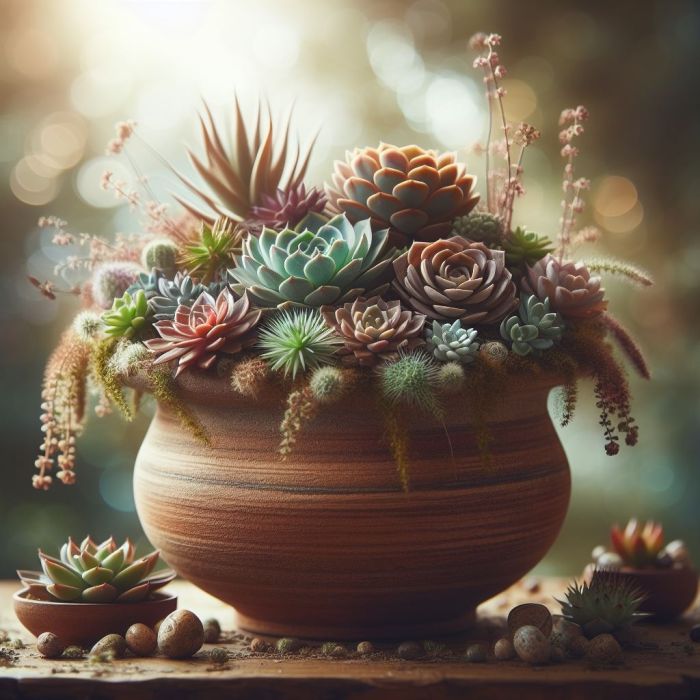
Covering a wide array of types of succulents this comprehensive guide is an invaluable resource for beginners and seasoned enthusiasts alike. It offers insights for newcomers venturing into the diverse world of succulents and helps enthusiasts discover specific species to enrich their collections. Whether starting a new succulent journey or refining existing expertise, this compilation guarantees an insightful exploration of various types of succulent.
Contents
- 1 How to Recognize Different Types of Succulent
- 2 Echeverias
- 2.1 Sedum
- 2.2 Haworthia
- 2.3 Crassula
- 2.4 Sempervivum(Hens and Chicks)
- 2.5 Aeonium
- 2.6 Parry’s Agave
- 2.7 Kalanchoe
- 2.8 Senecio(String of Pearls)
- 2.9 Candelabra Cactus
- 2.10 Crown of Thorns
- 2.11 Christmas Cactus
- 2.12 Snake Plant
- 2.13 Flapjack
- 2.14 Mother of Thousands
- 2.15 Ghost Plant
- 2.16 Ponytail Palm
- 2.17 Pink Quill
- 2.18 Flaming Katy
- 2.19 Living Stones
- 3 Author
How to Recognize Different Types of Succulent
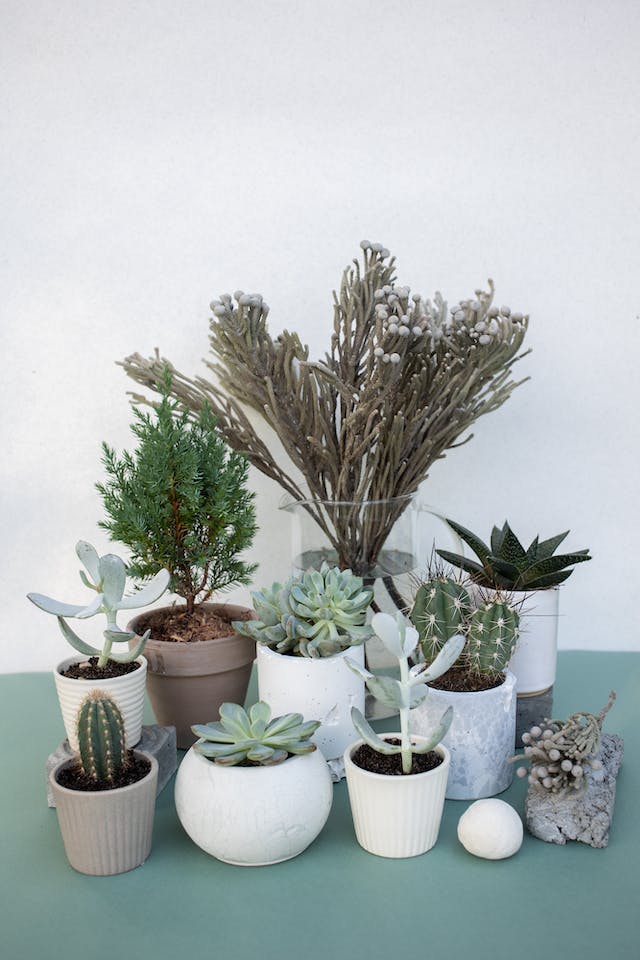
Recognizing your succulents often begins with observing their leaves. The shape, size, and color of these leaves offer valuable clues about the plant’s identity. Additionally, some succulents boast vibrant orange, red, yellow, blue, purple, or pink flowers, which, though not present in all species or consistently blooming, can serve as distinctive markers for identification based on their size, color, and shape.
Apart from leaves and flowers, examining the stem and trunk can aid in distinguishing between various succulent types. The thickness, texture, and color of the stem contribute valuable information that helps in classification.
Now equipped with these fundamental identification methods, let’s explore some of the most commonly found succulent varieties that have made a special place in the hearts and homes of numerous plant enthusiasts.
Aloe Vera
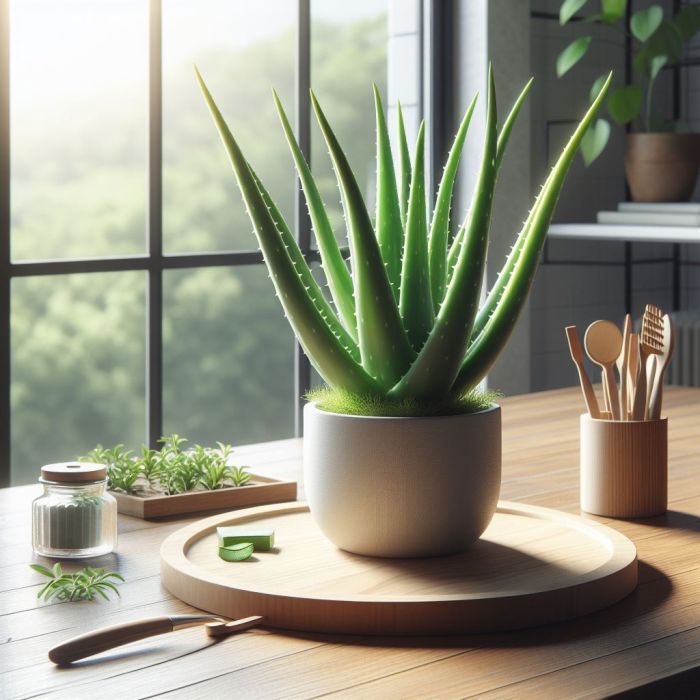
Aloe vera, renowned for its ornamental charm and therapeutic benefits, stands as one of the most recognizable succulent plants among the diverse types of succulents. Sporting elongated fleshy leaves arranged in a rosette pattern, it boasts both aesthetic allure and practical functionality. This versatile plant, capable of reaching heights between twelve to thirty-six inches, holds a remarkable history of soothing properties attributed to its gel-like substance. Notably, this gel has been lauded for its ability to offer relief from burns and skin irritations, underscoring Aloe Vera’s significance as a multifaceted addition to any plant collection.
Echeverias
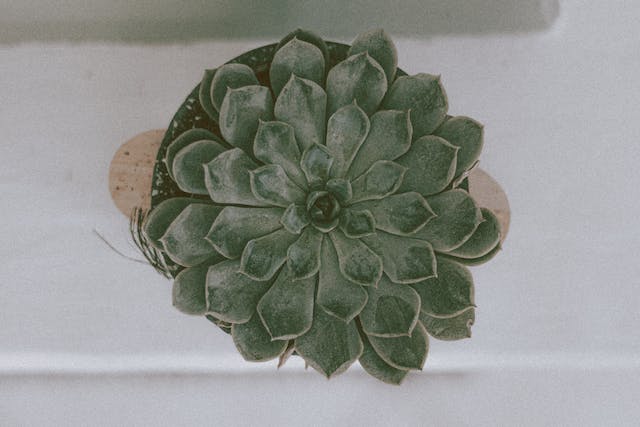
Echeverias, among the diverse types of succulents, known for their beautiful rosette shapes and vibrant colors, are highly valued succulents. They come in different sizes, shapes, and colors, including powdery blues, pinks, purples, and greens. In shaded areas without direct sunlight, their paddle-shaped leaves appear muted and have a dusty grayish color. However, when exposed to direct sunlight, these leaves transform, turning bright pink and purple, creating a striking appearance. Their captivating appearance makes them ideal for container gardens, bringing an elegant touch to any space they adorn.
Sedum
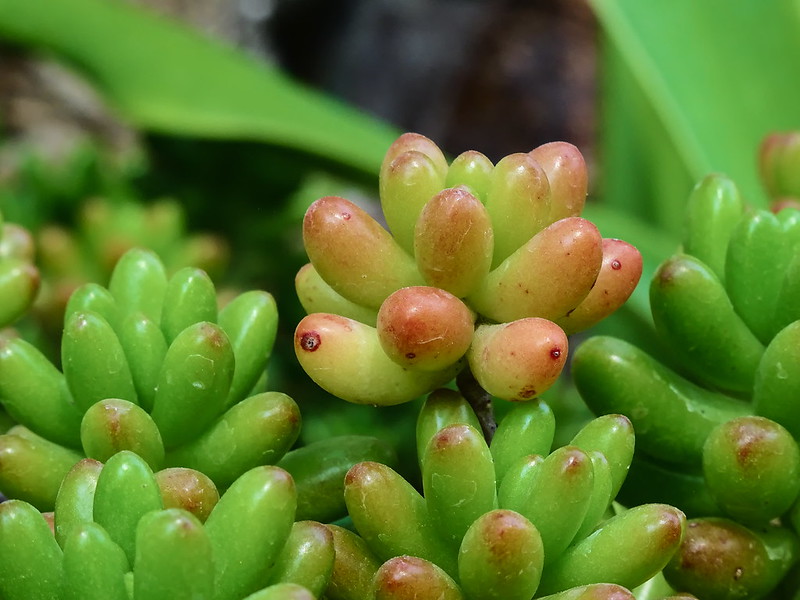
The low-growing Jelly Bean Sedum Succulents native to Mexico appear quite compact when grown as a potted houseplant, yet it sprawls more freely when outdoors, often used as groundcover. Sedums, known for their diversity, present a wide range of appearances. They include creeping varieties that serve as ground covers and taller, upright species, offering a spectrum of shapes and sizes.
These hardy plants are incredibly adaptable, thriving in various conditions, which makes them equally popular for outdoor gardens and indoor settings as houseplants. Their versatility in growth patterns, whether contained or sprawling, renders sedums a favored choice for diverse gardening purposes. The photo above is courtesy of Carlos Felix.
Haworthia
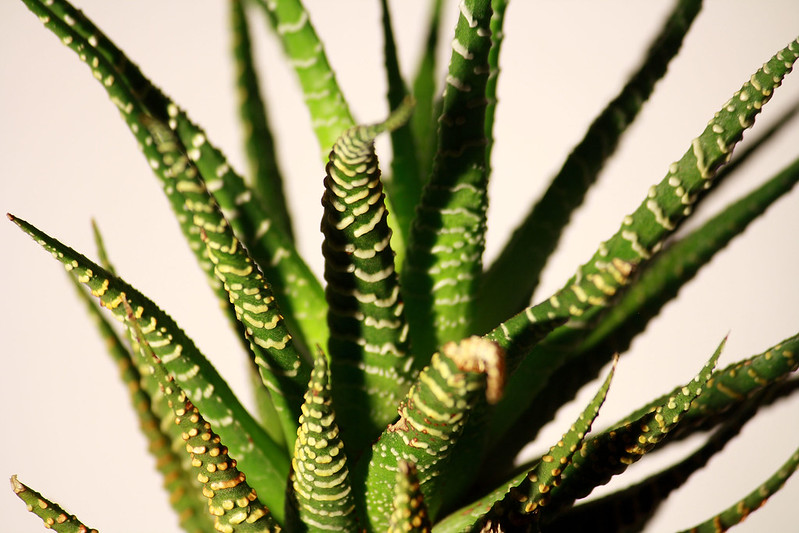
The houseplant, known for its thick and dark green leaves adorned with horizontal white color stripes, derives its name from this distinct feature. Similar to most Haworthias, it remains a petite plant, typically reaching a height of only five to eight inches. Haworthias, characterized by their charming rosette-like clusters of thick, pointed leaves, often display unique markings and possess translucent “windows” allowing sunlight to filter through. Their modest size and captivating appearance make them perfect additions to windowsills or as part of decorative succulent arrangements. The photo above is courtesy of Dimitrio Lewis.
Crassula
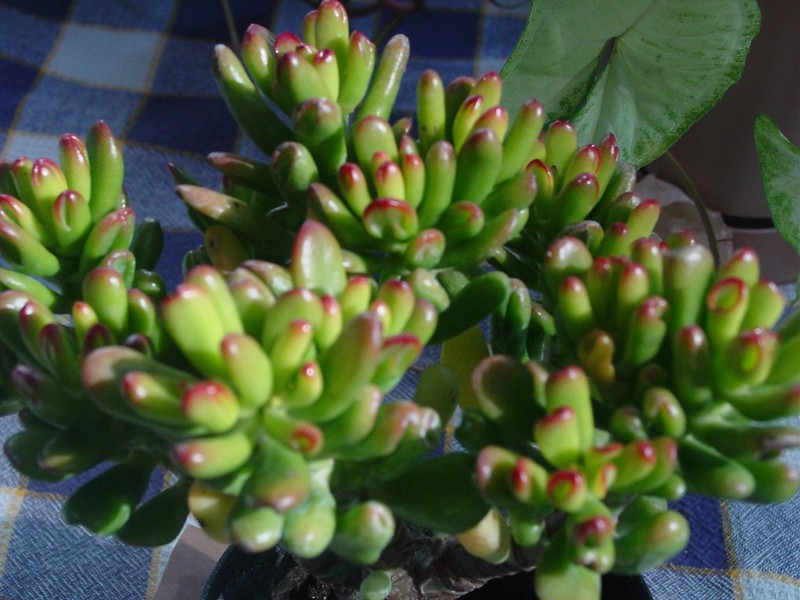
Crassulas, known for their diversity, encompass a wide spectrum of forms within the different types of succulents ranging from the compact Crassula perforata (String of Buttons) to the more expansive, tree-like Crassula ovata (Jade Plant). Their adaptable nature and intriguing growth variations make them highly coveted among collectors seeking a diverse array of succulents for their gardens. The Jade Plant, a slow-growing Crassula, progresses at a rate of about 2 inches per year but can attain considerable heights, reaching between 3 to 6 feet tall and spreading 2 to 3 feet in width. The photo above is courtesy of jjacek.
Sempervivum(Hens and Chicks)
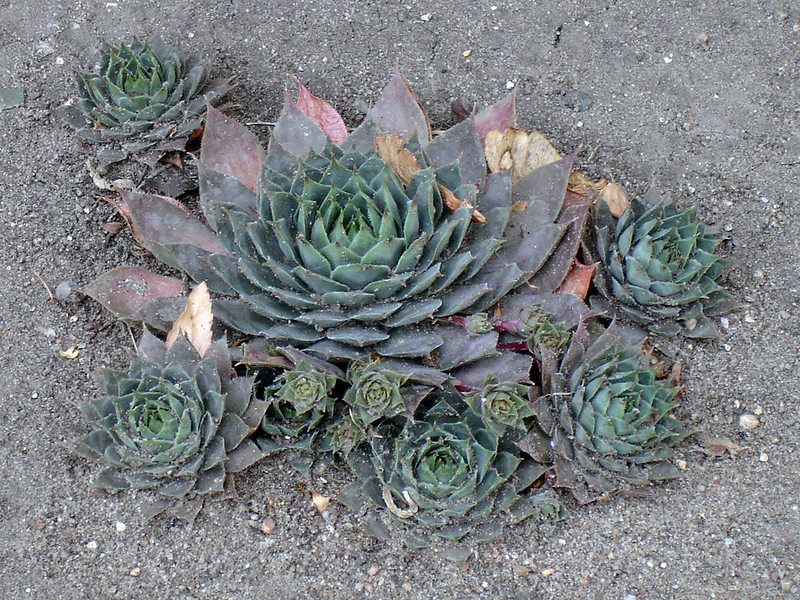
Sempervivums, commonly referred to as Hens and Chicks, are tough, cold-resistant succulents known for their clustered growth pattern among the diverse types of succulents. These plants produce rosettes where the “hen” plant generates offsets termed “chicks,” resulting in a visually captivating spread. Their resilience and effortless propagation render them an ideal choice for outdoor rock gardens or as ground cover. Among the hardiest succulents, Hens and Chicks thrive across a broad range of climates when planted outdoors. They also thrive as potted plants, meaning you don’t have to bring them indoors during winter months.
Their versatility allows them to flourish in various environments, making them an excellent addition to gardens or indoor displays. The photo above is courtesy of daryl_mitchell.
Aeonium
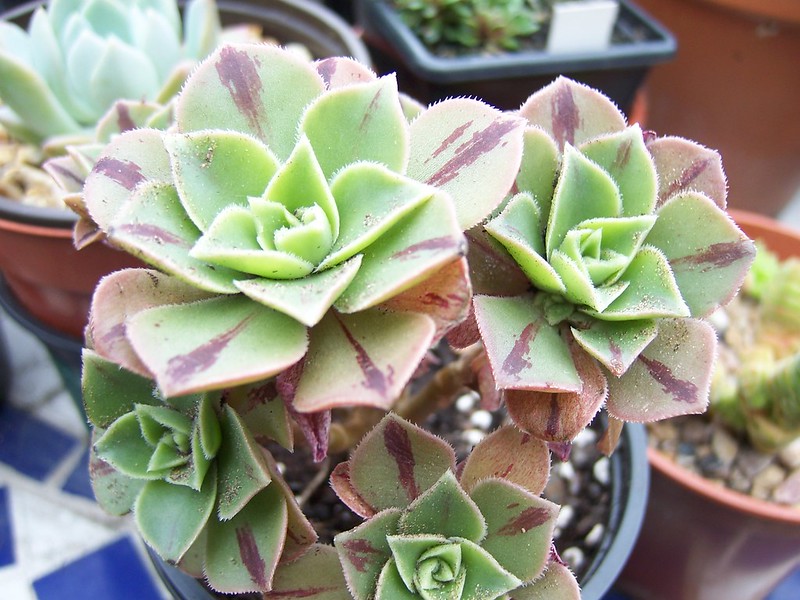
Aeoniums, fascinating succulents renowned for their unique growth patterns, showcase clusters of fleshy leaves forming captivating rosettes atop tall, branching stems. These stunning plants boast an impressive array of colors and shapes, spanning from deep purples to variegated greens and yellows. Their remarkable architectural structure adds an exquisite charm, making them stand out as striking features ideal for enhancing both indoor and outdoor settings. In warmer climates, these succulents thrive outdoors, reaching heights of around 6 feet. However, their versatility allows them to adapt to colder regions when potted, ensuring indoor overwintering and maintaining a height of approximately 3 feet. The photo above is courtesy of stephen boisvert.
Parry’s Agave
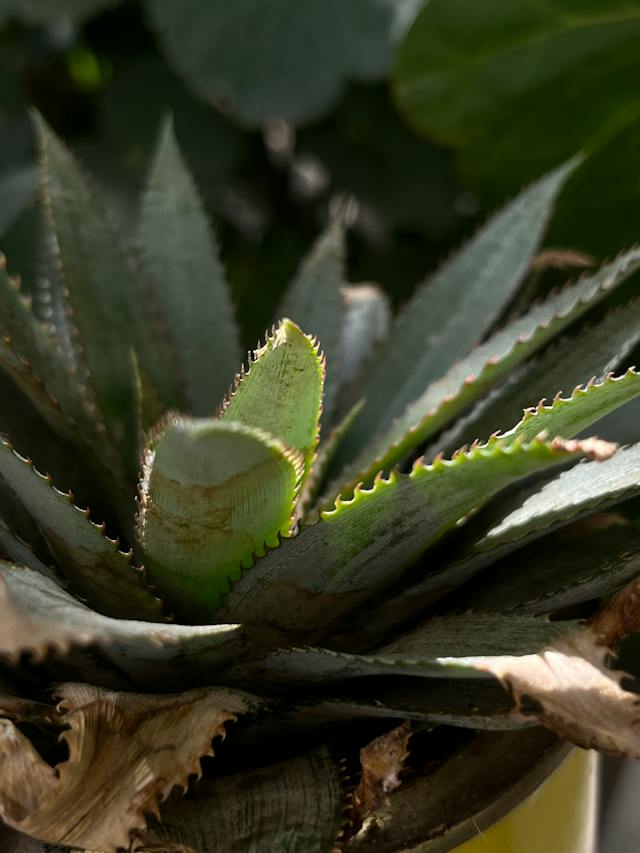
Agaves, renowned for their striking and bold presence, are exceptional succulents well-suited for outdoor landscapes. These plants feature rosettes with a captivating slate gray to bluish hue and exhibit a growth pattern characterized by forming clusters. Typically reaching heights of up to three feet, agaves produce remarkable flower stalks that can ascend to an impressive twenty feet. Their captivating architectural features, including symmetrical rosettes and sharp, pointed leaves, impart an air of elegance to arid landscapes.
Available in various sizes, agaves encompass a spectrum from smaller, compact varieties ideal for containers to larger species that serve as magnificent focal points in garden landscapes, offering versatility in design and aesthetic appeal.
Kalanchoe
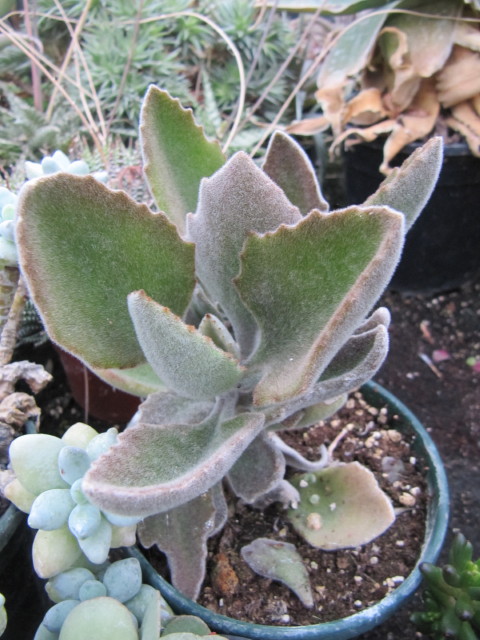
Kalanchoe, widely favored as a houseplant due to its drought-resistant and easy-to-grow nature, thrives both indoors and as a perennial in tropical and subtropical climates. However, caution should be taken as all the parts of this plant are toxic to dogs and cats. Known for its vibrant blooms in shades of red, orange, pink, and yellow, Kalanchoes lend a lively splash of color to any setting. Despite their toxic nature to pets, these succulents are appreciated for their low-maintenance care and their ability to repeatedly bloom, making them a popular choice for indoor cultivation. The photo above is courtesy of Leonora (Ellie) Enking.
Senecio(String of Pearls)
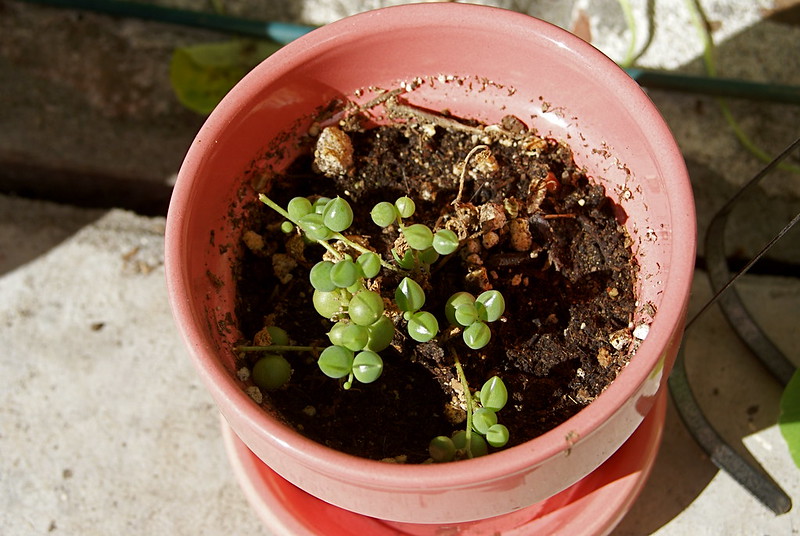
Senecios, encompassing a diverse array of succulents, present a captivating selection for hanging baskets, whether positioned indoors or outdoors. This diverse group features popular varieties such as Senecio rowleyanus, known as String of Pearls, and Senecio mandraliscae, recognized as Blue Chalksticks. These plants showcase distinctive growth patterns: the String of Pearls exhibits trailing stems adorned with bead-like leaves, while the Blue Chalksticks display striking blue-hued foliage.
Among these choices is a trailing Senecio variety renowned for its dangling stems adorned with round leaves, capable of extending up to three to five feet in length when left to grow freely. Their unique appearance and adaptability render Senecios highly sought-after for hanging baskets or cascading displays, imparting an eye-catching allure to any setting. The photo above is courtesy of ClatieK.
Candelabra Cactus
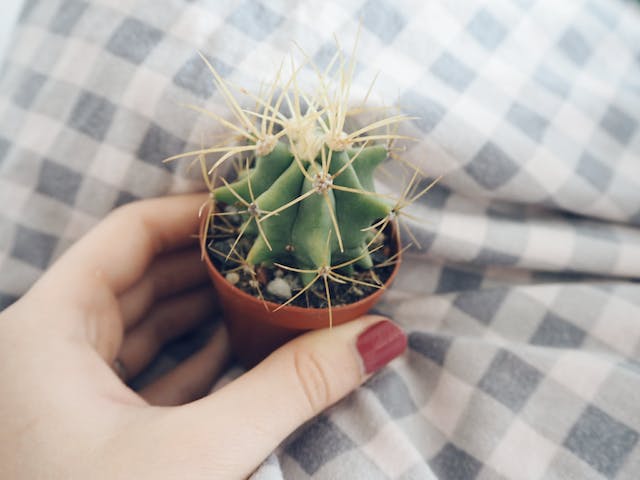
The Candelabra Cactus, scientifically known as Euphorbia ingens, earns its name from its defining features: characterized by deep green stems with four lobes and a growth pattern resembling a column, which further branches out as the plant matures. When cultivated indoors, this striking succulent typically achieves heights ranging from 8 to 10 feet, showcasing its remarkable appearance. However, in its natural outdoor habitat, it can impressively grow to towering heights of up to 40 feet.
It’s important to note that this plant is toxic for both pets and humans as compared to the other types of succulents, necessitating careful handling. This succulent’s remarkable stature and toxic properties make it a unique but potentially hazardous addition to both indoor and outdoor settings, requiring caution in its cultivation and care.
Crown of Thorns
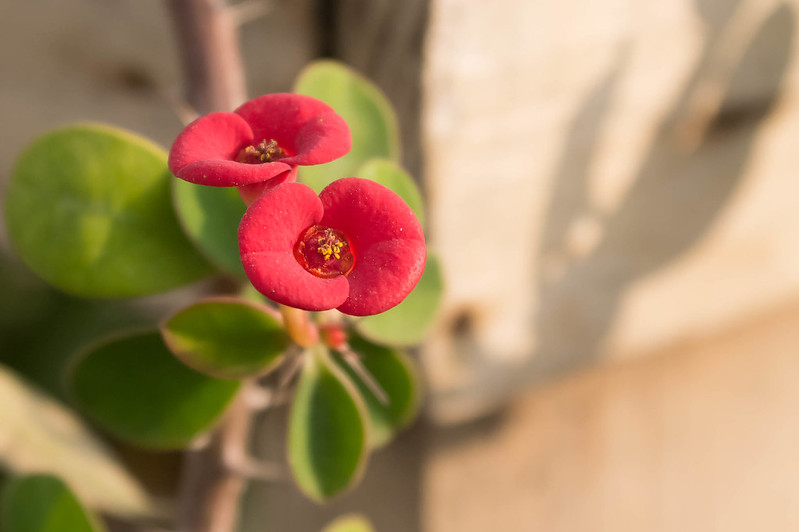
The Crown of Thorns (Euphorbia milii) is an excellent choice for those seeking a succulent with nearly year-round flowering. This resilient plant boasts thick, vibrant green leaves alongside showy bracts available in an array of striking colors, including red, orange, pink, yellow, or white, contrasting with its characteristic thorns. When grown outdoors, it can reach heights of three to six feet, while indoors, it typically stays within a maximum of 2 feet. Beyond its ornamental value, it’s important to note that the Crown of Thorns is considered toxic for both pets and humans if ingested.
This Euphorbia species belongs to the spurge family and originates from Madagascar, thriving in warm climates and requiring well-draining soil and bright sunlight for optimal growth. The plant’s impressive bloom cycle and adaptability make it a popular choice for gardeners looking to add vibrant color to their indoor or outdoor spaces. The photo above is courtesy of Thangaraj Kumaravel.
Christmas Cactus
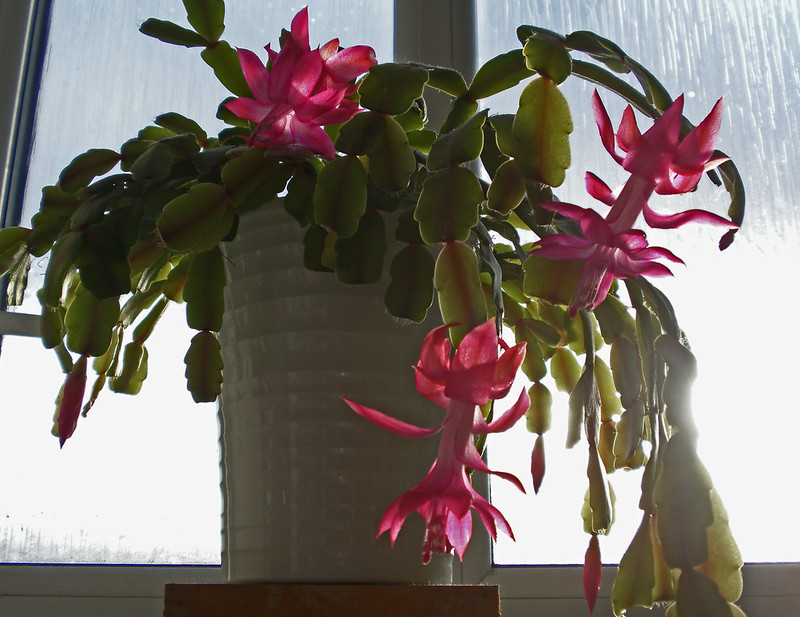
The Christmas Cactus (Schlumbergera) is often an indoor favorite in colder regions but can enjoy outdoor summers. With distinct flattened leaves and serrated edges, its vibrant flowers bring bursts of color, usually during winter. Originating from Brazil’s coastal mountains, this epiphyte prefers filtered light and some humidity. Despite its name, it blooms in late autumn or early winter, adding charm indoors. Christmas cactus propagate easily, to thrive, it needs well-draining soil and moderate watering. The photo above is courtesy of Amanda Slater.
Snake Plant
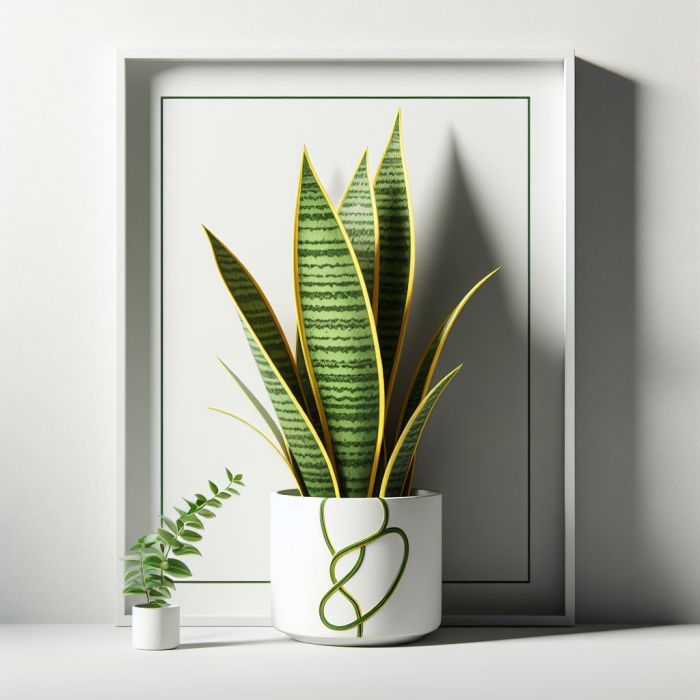
The Snake Plant (Sansevieria) is often described as nearly indestructible, owing to its stiff, sword-shaped leaves. Despite its potential to reach heights of up to 8 feet, it grows slowly. However, it’s important to note that this resilient plant is toxic to pets. Originating from West Africa, its robust nature allows it to thrive in low-light conditions, requiring minimal upkeep. This plant’s ability to endure neglect and drought makes it an appealing choice for beginners looking to add a low-maintenance yet visually striking plant to their indoor spaces.
Flapjack
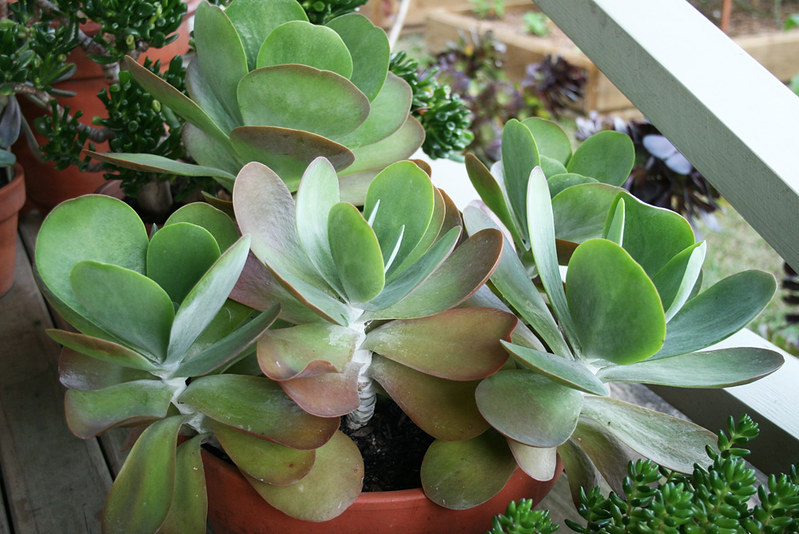
The Flapjack, scientifically known as Kalanchoe luciae, acquires its nickname “paddle plant” owing to the unique shape of its leaves resembling a clam or paddle. This versatile succulent thrives both indoors and outdoors, growing to heights of one to two feet and forming wide rosette clusters spanning two to three feet in width. Notably, it’s important to be aware that this plant is toxic to pets if consumed. Originating from South Africa, the Flapjack showcases broad, fleshy leaves that develop a reddish tint along their edges, particularly when exposed to ample sunlight.
Its striking appearance and minimal watering needs make it an appealing choice for water-wise gardens or as a distinctive addition to indoor plant collections. The photo above is courtesy of Michele Stapley.
Mother of Thousands
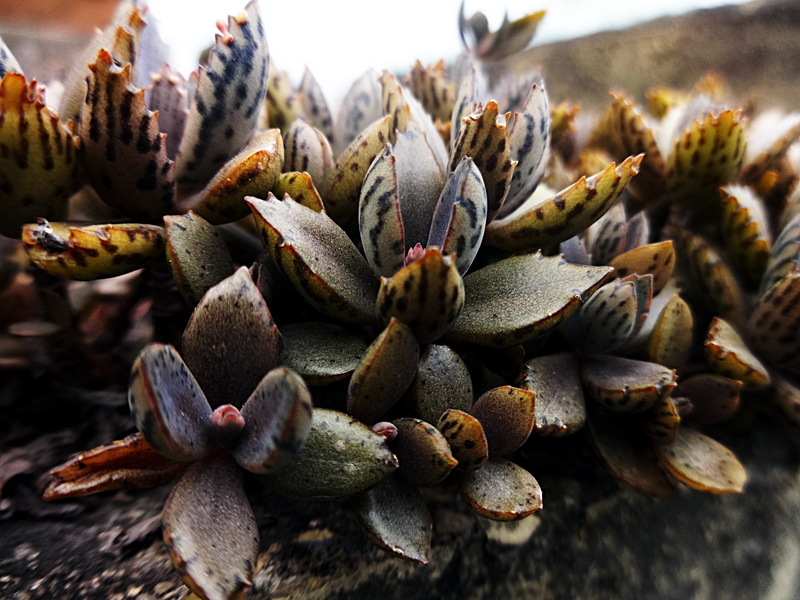
The Mother of Thousands plant belonging to the diverse array of types of succulents, is aptly named for the numerous miniature plantlets that sprout along the edges of its leaves. When nurtured indoors as a houseplant, flowering occurrences are less frequent. Nevertheless, when cultivated outdoors, this plant eventually produces hanging flowers in pinkish-gray hues after several years of growth. Typically maturing to a size of about 3 feet, it’s crucial to note that this plant can be harmful to pets if ingested. The photo above is courtesy of dotun55.
Ghost Plant
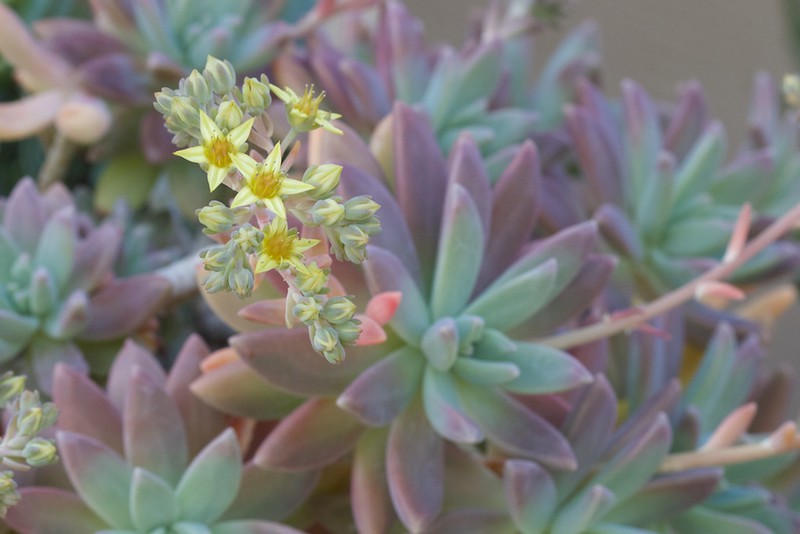
The Ghost Plant, scientifically known as Graptopetalum paraguayense, captivates with its ethereal, silvery-gray foliage resembling a ghostly glow. Native to Mexico, this hardy succulent forms dense rosettes of fleshy leaves, thriving in well-draining soil and bright sunlight. Its haunting appearance makes it a popular choice for rock gardens, containers, or as a distinctive addition to succulent collections. In warmer climates, this low-growing succulent flourishes when planted outdoors, while in cooler regions, it thrives indoors.
With its whiteish-grey pointed leaves and trailing rosette form, typically reaching heights of six to twelve inches, the rosettes display a blue-gray tone in partial shade or a pinkish-yellow tone in full sun. The photo above is courtesy of JKehoe_Photos.
Ponytail Palm
The Ponytail Palm, scientifically known as Beaucarnea recurvata, is often mistaken for a palm due to its unique appearance. From the other types of succulents, it features a cluster of long, slender, green leaves that gracefully emerge from a distinctive, bulbous stem. Despite its palm-like look, this plant is actually a succulent, thriving both outdoors and indoors. When cultivated indoors, it tends to stay more compact, growing to a height of about six to eight feet. Known for its resilience and its ability to store water in its bulbous base, this plant adds an exotic touch to any garden or indoor space, requiring minimal maintenance.
Pink Quill
The Pink Quill, a member among the diverse types of succulents under the scientific term Tillandsia cyanea, is a petite houseplant reaching a maximum height of 10 inches. Its adaptability allows flourishing both potted and as an epiphytic plant, showcasing remarkable versatility. Distinguished by its substantial and long-lasting pink bracts resembling ink quills, it exudes sophistication. Initially pink, these striking bracts gradually transition to vibrant green hues as they mature, providing an ever-changing visual spectacle.
Perfect for diverse settings, from potted arrangements to various succulent collections, the Pink Quill embodies an exquisite allure celebrated for its enduring elegance.
Flaming Katy
Flaming Katy, known for its recurrent flowering, remains a beloved choice as a houseplant, favored for its petite size ranging from 6 to 18 inches in both height and width. Its charming flower clusters elegantly rise above the distinctive scallop-shaped leaves, adding a touch of vibrancy to any setting. However, it’s essential to note that this plant is toxic for pets.
Living Stones
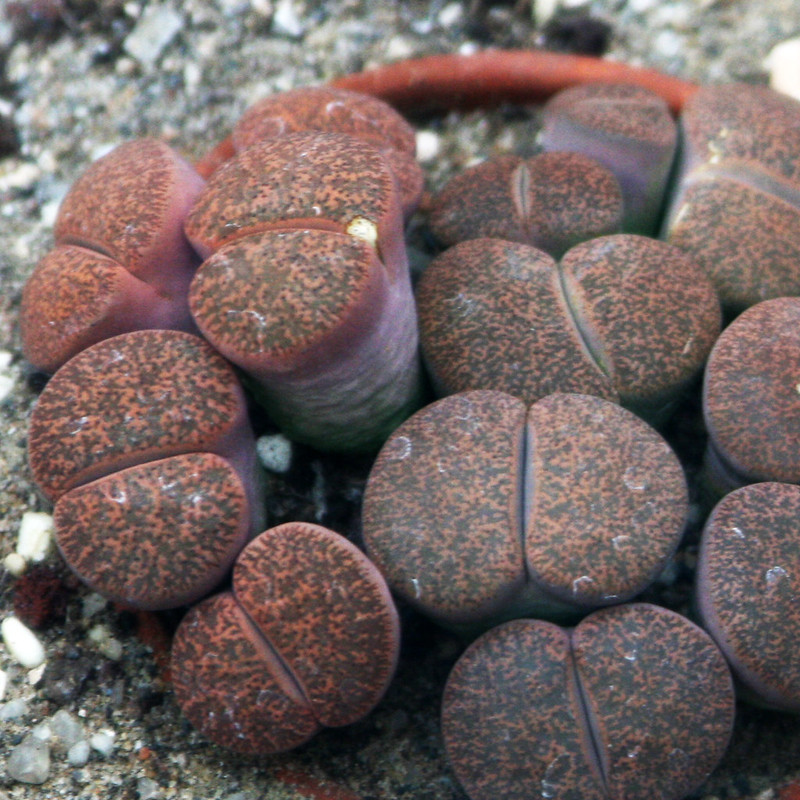
Living Stones, native to Africa, are small succulents among the different types of succulents that hug the ground and prefer warmer climates outside. If you live in a colder area, it’s best to grow them in pots so you can bring them indoors during winter. These plants grow very slowly and come in many different types, each with its own unique features. They look like tiny stones or pebbles, blending in well with their surroundings in the desert. The photo above is courtesy of Quinn Dombrowski.
Succulent plants are incredibly diverse and stunning, appealing to both beginners and experienced gardeners. They come in various shapes, sizes, and colors, making them suitable for any preference and space. Whether you like the tough Aloe Vera, the delicate Echeverias, or the distinct Senecios, these plants bring beauty and calm to any place without needing much care.

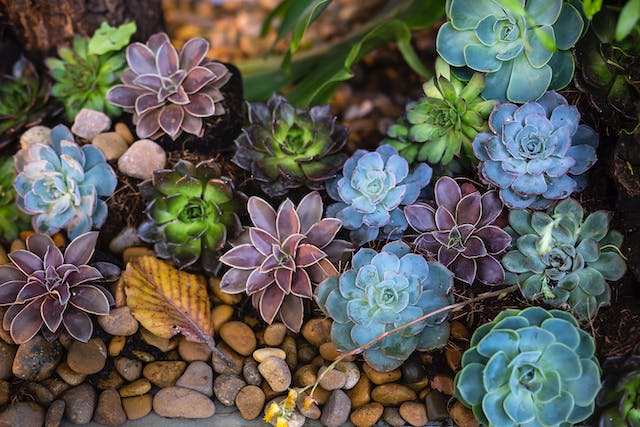
3 thoughts on “Beautiful Types Of Succulent Plants”